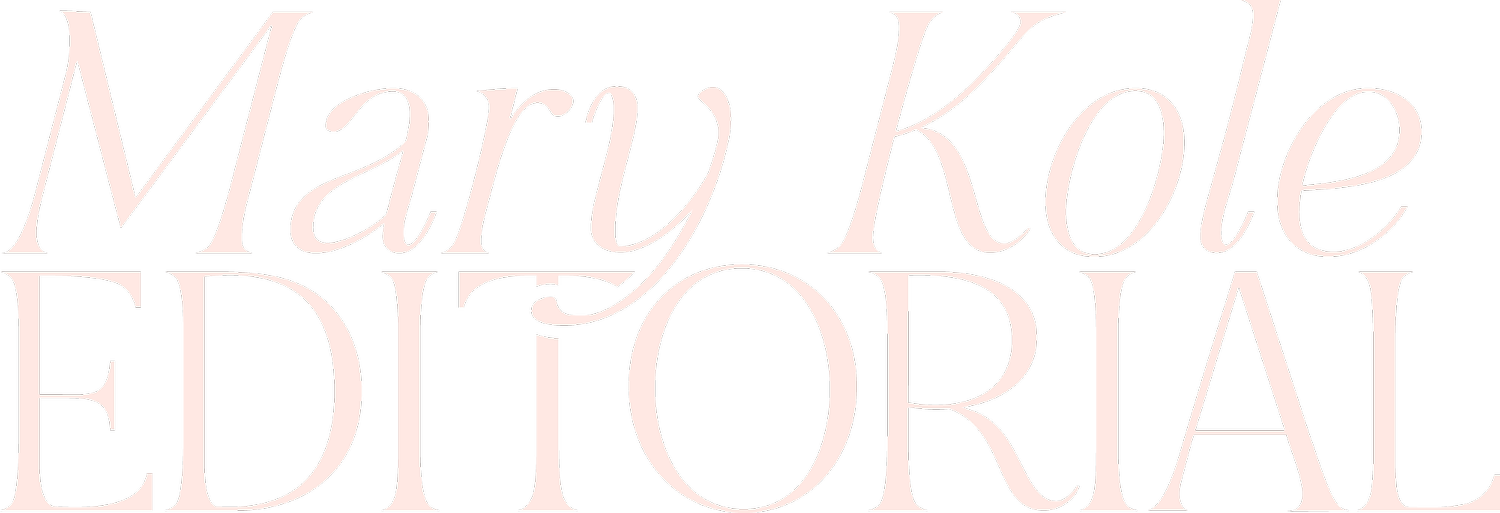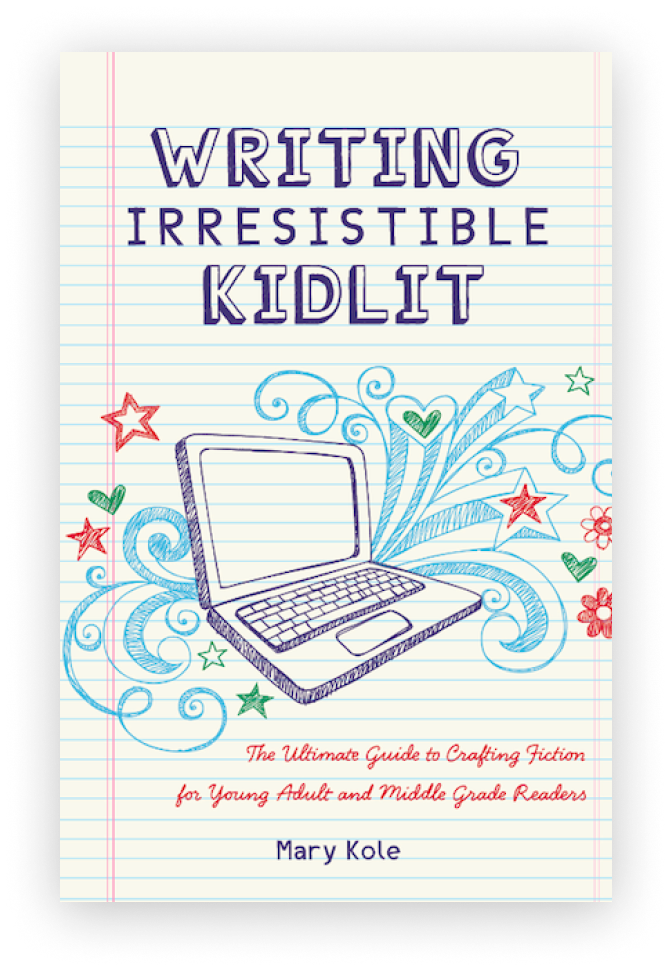Getting Started With Book Writing From Idea to Publication
By Mary Kole
Mary Kole is a former literary agent, freelance editor, writing teacher, author of Writing Irresistible Kidlit, and IP developer for major publishers, with over a decade in the publishing industry.
Most people—up to 80%, if you believe some of the statistics—are interested in book writing. The majority of humans walking around on this planet feel that they have a book inside of them, just waiting to come out. And I can see why. Book writing can be an incredibly rewarding experience full of self-expression and creativity. But it’s not without its challenges, from pressure testing an idea all the way through to marketing your work once it's published. The journey of book writing is filled with highs, lows, and plenty of hard work. Let’s dig into the details of book writing and publishing so that you can prepare for whatever comes your way.
Book Writing: The Idea
The very first step of book writing is coming up with an idea that you love and are passionate enough to spend months (perhaps years) of your life working on. Once you have that idea, it’s time to start pressure testing it. This means asking yourself questions like, “Do I have enough content to fill a book?” or “Is this a unique concept?” or “Does this offer value to readers and resonate with an existing market?” Asking yourself these questions early on will help you refine your concept before you even begin writing.
From there, you might want to deepen your exploration by crafting a novel outline. This is the best way to see if there’s a “there” there in terms of story and character. You can get advice from readers, other writers, a critique group, or even a freelance editor at this point to make sure that you’ve considered all angles and have a strong vision to draft from.
Book Writing: Creating Your Draft
After you’re satisfied that your idea passes muster, it’s time to put pen (or fingers) to paper (or keyboard). This is where the real work begins, as you turn those ideas into words on a page. (If you’ve plotted everything already, you might find that drafting is actually quite easy, as a lot of the thinking has already happened.) The key to drafting successfully isn’t inspiration, either. It’s consistency.
Set aside dedicated time each day for chipping away at your outline or draft, and stick with it. You don’t necessarily need a daily writing practice, as this can become overwhelming and burdensome. Find a schedule that works for you and make the time to write. (Patience and persistence are writers tools that not many aspiring scribes think about.)
You should also prepare to create multiple drafts as part of the book writing process. After all, no one gets it right on their first try, and most of the book writing finesse that you see in published novels emerges during revision and self-editing. Make sure that you set the project aside for a few weeks or a month after you complete each draft. Taking some time away from your project will help you see it with fresh eyes, and will allow you to have potentially valuable insights about your idea.
Book Writing: Pursuing Publication
Once you have completed several rounds of revisions and edits on your manuscript, either by yourself or with the help of a beta reader or developmental editor, the next step is pursuing potential publication opportunities. This could mean seeking out literary agents or querying publishers directly—or perhaps even self-publishing, if that fits your goals as an aspiring author. Book writing can take you on any number of journeys, and that includes the outcome of your project.
During this phase, there may be literary rejections along the way, but don’t give up. Those 80% of people out there who are interested in book writing might never get as far as you have. For most, book writing is just a passive pipe dream. If you’ve put in the effort to learn and grow as a writer, you deserve to push through some obstacles and disappointments. Finding success in book writing and publishing requires persistence and a thick skin.
Book writing is no small or easy task—but if you stick with it and enjoy the journey (not just the potential outcome), it can be incredibly fulfilling, both personally and professionally. I’m excited to see what you come up with!

Click here to purchase Writing Irresistible Kidlit, my book on fiction craft for MG and YA novels, out from Writer's Digest Books. This will show you my writing craft philosophy and give you lots of valuable advice, including tips for the novel revision process and self-editing. There are over 35 example novels cited and discussed throughout. It’s a valuable resource for any writer’s toolkit.
Click here to purchase Irresistible Query Letters, my book on query letters, including over forty examples with comprehensive notes on each one. There’s a ton of submission advice, best practices, and insider information in these pages, and you’ll really enjoy seeing what other writers are doing in the slush.
Click here to purchase Writing Interiority: Crafting Irresistible Characters, my book on interiority and character creation. Explore your protagonist’s thoughts, feelings, reactions and interpretations, expectations, and inner struggles to create a rich, immersive experience. This guide will empower you to create characters who live and breathe on the page, fostering an unbreakable bond with your audience.





